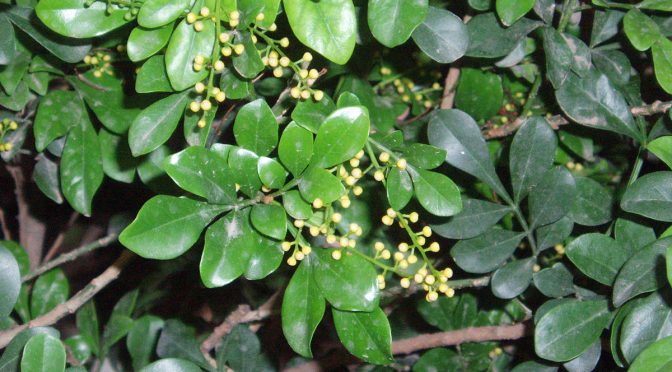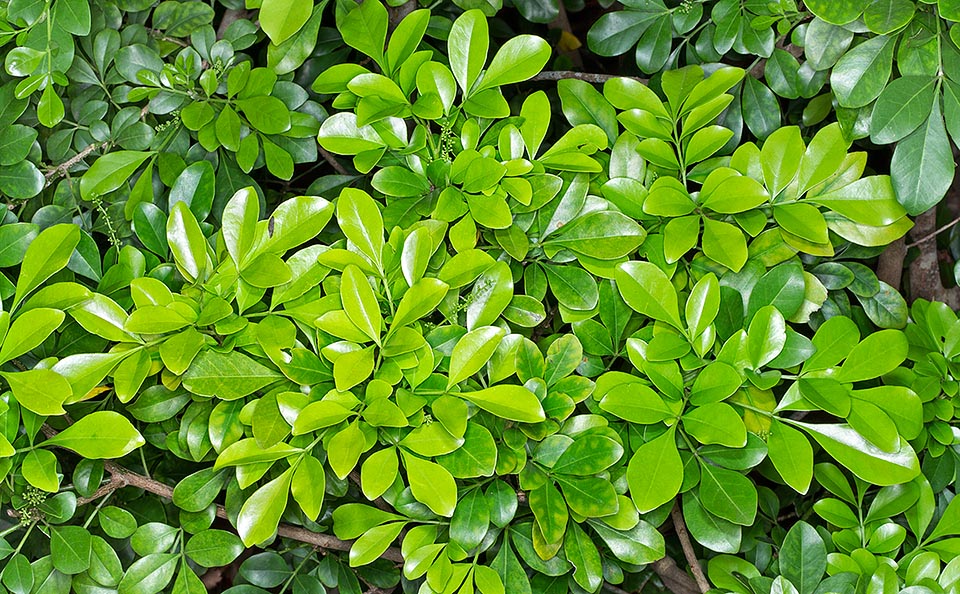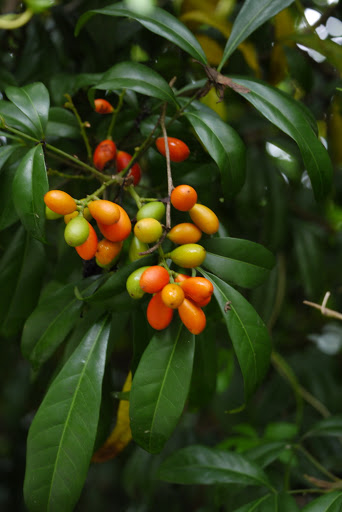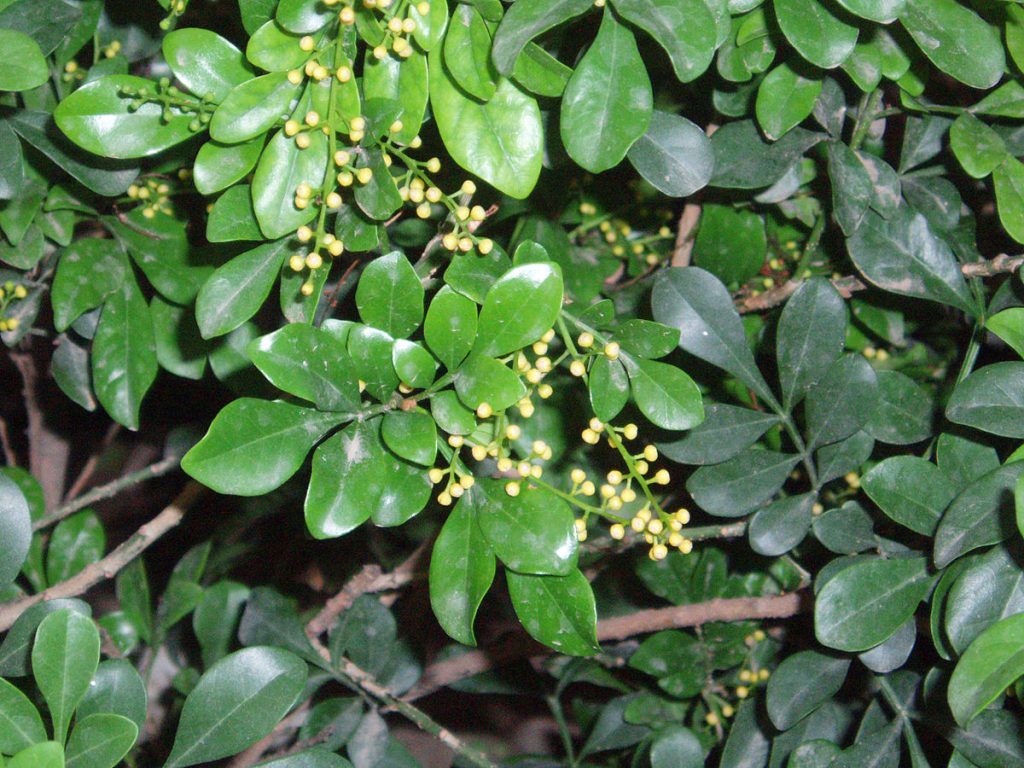Aglaia odorata is a slow-growing, much branche, evergreend shrub or small tree growing up to 10 metres tall. The bole can be 15cm in diameter. The plant is harvested from the wild for local use as a food, medicine and source of wood and essential oil. It is often grown as a hedge, and is cultivated in gardens of southeast Asia as an ornamental and for the very fragrant flowers which are used to flavour tea, to scent clothes etc; the flowers are commonly found for sale in local markets. Although often cultivated, the species’ status in the wild remains unclear. It has been classified as ‘Near Threatened’ in the IUCN Red List of Threatened Species(2011).
The roots and the leaves are considered anticonculsive, aromatic, febrifuge, pectoral, stimulant and tonic. A water infusion of the roots and leaves has been used as heart stimulant and febrifuge.
An infusion of the flowers is given as a cooling drink for treating eruptive fevers. An infusion of the leaves is taken as a tonic for treating excessive menses and venereal diseases.
The genus ‘Aglaia’ is the only source of the group of about 50 known representatives of compounds that bear a unique cyclopenta[b]tetrahydrobenzofuran skeleton. These compounds are more commonly called rocaglate or rocaglamide derivatives, or flavaglines, and most have been found to have potent insecticidal properties, antifungal, antiviral, antibacterial or anthelmintic bioactivity. Several of them exhibit pronounced cytotoxic activity against a range of human cancers. Since the first representative in this group was only discovered in 1982, this is one of the few recent examples of a completely new class of plant secondary metabolites of biological promise.




